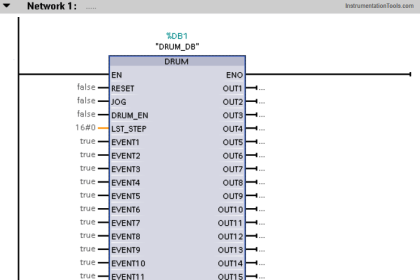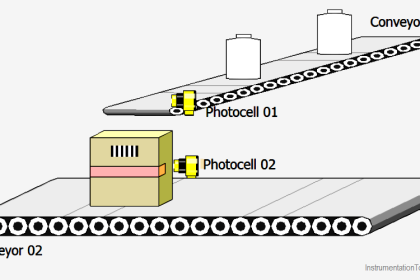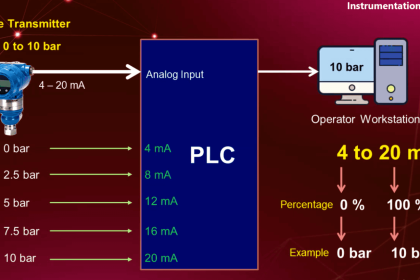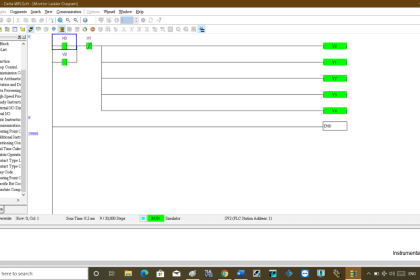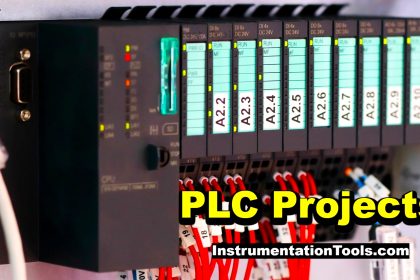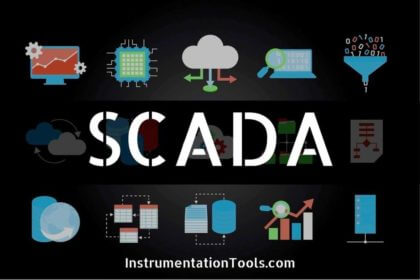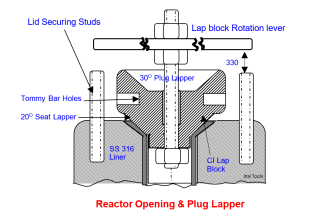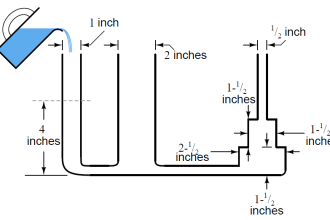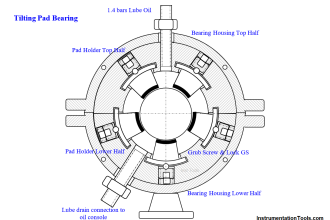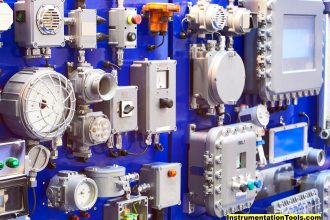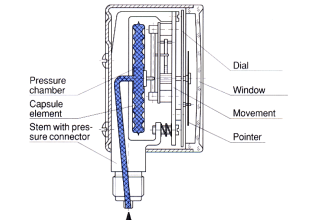Industrial control system (ICS) is a general term that encompasses several types of control systems, including supervisory control and data acquisition (SCADA) systems, distributed control systems (DCS), and other control system configurations such as Programmable Logic Controllers (PLC) often found in the industrial sectors and critical infrastructures.
An ICS consists of combinations of control components (e.g., electrical, mechanical, hydraulic, pneumatic) that act together to achieve an industrial objective (e.g., manufacturing, transportation of matter or energy). The part of the system primarily concerned with producing the output is referred to as the process.
The control part of the system includes the specification of the desired output or performance. Control can be fully automated or may include a human in the loop. Systems can be configured to operate open-loop, closed-loop, and manual mode. In open-loop control systems, the output is controlled by established settings.
In closed-loop control systems, the output has an effect on the input in such a way as to maintain the desired objective. In manual mode, the system is controlled completely by humans. The part of the system primarily concerned with maintaining conformance with specifications is referred to as the controller (or control).
A typical ICS may contain numerous control loops, Human Machine Interfaces (HMI), and remote diagnostics and maintenance tools built using an array of network protocols.
ICS control industrial processes are typically used in electrical, water and wastewater, oil and natural gas, chemical, transportation, pharmaceutical, pulp and paper, food and beverage, and discrete manufacturing (e.g., automotive, aerospace, and durable goods) industries.
Evolution of Industrial Control Systems
Many of today’s ICS evolved from the insertion of IT capabilities into existing physical systems, often replacing or supplementing physical control mechanisms. For example, embedded digital controls replaced analog mechanical controls in rotating machines and engines.
Improvements in cost-and performance have encouraged this evolution, resulting in many of today’s “smart” technologies such as the smart electric grid, smart transportation, smart buildings, and smart manufacturing. While this increases the connectivity and criticality of these systems, it also creates a greater need for their adaptability, resilience, safety, and security.
The engineering of ICS continues to evolve to provide new capabilities while maintaining the typical long lifecycles of these systems. The introduction of IT capabilities into physical systems presents emergent behavior that has security implications. Engineering models and analysis are evolving to address these emergent properties including safety, security, privacy, and environmental impact interdependencies.
ICS Industrial Sectors and Their Interdependencies
Control systems are used in many different industrial sectors and critical infrastructures, including manufacturing, distribution, and transportation.
Manufacturing Industries
Manufacturing presents a large and diverse industrial sector with many different processes, which can be categorized into process-based and discrete-based manufacturing.
The process-based manufacturing industries typically utilize two main processes:
Continuous Manufacturing Processes
These processes run continuously, often with transitions to make different grades of a product.
Typical continuous manufacturing processes include fuel or steam flow in a power plant, petroleum in a refinery, and distillation in a chemical plant.
Batch Manufacturing Processes
These processes have distinct processing steps, conducted on a quantity of material. There are a distinct start and end step to a batch process with the possibility of brief steady-state operations during intermediate steps. Typical batch manufacturing processes include food manufacturing.
The discrete-based manufacturing industries typically conduct a series of steps on a single device to create the end product. Electronic and mechanical parts assembly and parts machining are typical examples of this type of industry.
Both process-based and discrete-based industries utilize the same types of control systems, sensors, and networks. Some facilities are a hybrid of discrete and process-based manufacturing.
Distribution Industries
ICS is used to control geographically dispersed assets, often scattered over thousands of square kilometers, including distribution systems such as water distribution and wastewater collection systems, agricultural irrigation systems, oil and natural gas pipelines, electrical power grids, and railway transportation systems.
Differences between Manufacturing and Distribution ICS
While control systems used in the manufacturing and distribution industries are very similar in operation, they are different in some aspects. Manufacturing industries are usually located within a confined factory or plant-centric area when compared to geographically dispersed distribution industries.
Communications in manufacturing industries are usually performed using local area network (LAN) technologies that are typically more reliable and high speed as compared to the long-distance communication wide-area networks (WAN) and wireless/RF (radio frequency) technologies used by distribution industries.
The ICS used in distribution industries is designed to handle long-distance communication challenges such as delays and data loss posed by the various communication media used. The security controls may differ among network types.
ICS and Critical Infrastructure Interdependencies
The critical infrastructure is often referred to as a “system of systems” because of the interdependencies that exist between its various industrial sectors as well as interconnections between business partners. Critical infrastructures are highly interconnected and mutually dependent in
complex ways, both physically and through a host of information and communications technologies. An incident in one infrastructure can, directly and indirectly, affect other infrastructures through cascading and escalating failures.
Both the electrical power transmission and distribution grid industries use geographically distributed SCADA control technology to operate highly interconnected and dynamic systems consisting of thousands of public and private utilities and rural cooperatives for supplying electricity to end-users.
Some SCADA systems monitor and control electricity distribution by collecting data from and issuing commands to geographically remote field control stations from a centralized location. SCADA systems are also used to monitor and control water, oil, and natural gas distribution, including pipelines, ships, trucks, and rail systems, as well as wastewater collection systems.
SCADA systems and DCS are often networked together. This is the case for electric power control centers and electric power generation facilities. Although the electric power generation facility operation is controlled by a DCS, the DCS must communicate with the SCADA system to coordinate production output with transmission and distribution demands.
Electric power is often thought to be one of the most prevalent sources of disruptions of interdependent critical infrastructures. As an example, a cascading failure can be initiated by a disruption of the microwave communications network used for an electric power transmission SCADA system.
The lack of monitoring and control capabilities could cause a large generating unit to be taken offline, an event that would lead to loss of power at a transmission substation. This loss could cause a major imbalance, triggering a cascading failure across the power grid.
This could result in large area blackouts that could potentially affect oil and natural gas production, refinery operations, water treatment systems, wastewater collection systems, and pipeline transport systems that rely on the grid for electric power.
ICS Operation and Components
The basic operation of an ICS is shown in the below Figure. Some critical processes may also include safety systems. Key components include the following:
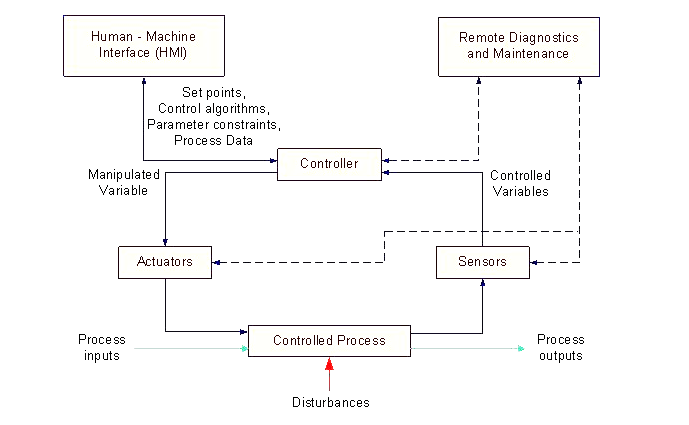
A typical ICS contains numerous control loops, human interfaces, and remote diagnostics and maintenance tools built using an array of network protocols on layered network architectures.
A control loop utilizes sensors, actuators, and controllers (e.g., PLCs) to manipulate some controlled process. A sensor is a device that produces a measurement of some physical property and then sends this information as controlled variables to the controller.
The controller interprets the signals and generates corresponding manipulated variables, based on a control algorithm and target set points, which it transmits to the actuators. Actuators such as control valves, breakers, switches, and motors are used to directly manipulate the controlled process based on commands from the controller.
Operators and engineers use human interfaces to monitor and configure setpoints, control algorithms, and to adjust and establish parameters in the controller. The human interface also displays process status information and historical information. Diagnostics and maintenance utilities are used to prevent, identify, and recover from abnormal operation or failures.
Sometimes these control loops are nested and/or cascading –whereby the set point for one loop is based on the process variable determined by another loop. Supervisory-level loops and lower-level loops operate continuously over the duration of a process with cycle times ranging on the order of milliseconds to minutes.
Reference: National Institute of Standards and Technology Special Publication 800-82, Revision
If you liked this article, then please subscribe to our YouTube Channel for PLC and SCADA video tutorials.
You can also follow us on Facebook and Twitter to receive daily updates.
Read Next:
- Instrumentation Design
- Industrial Automation Quiz
- Automation and Control System
- Instrumentation Quiz
- Automation System Security
